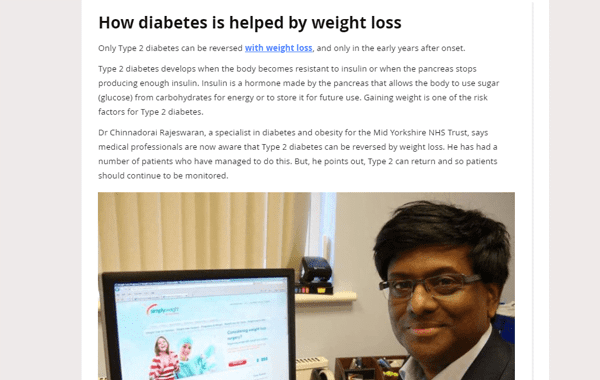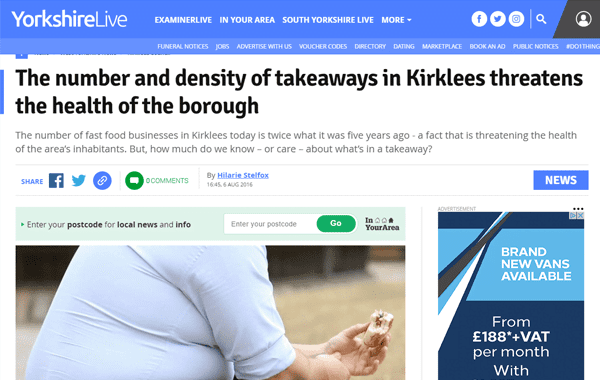Obesity in pets is described as an imbalance due to increased energy input (energy from food and drinks) and decreased energy expenditure (physical and daily activities performed). This results in increased fat deposits leading to increased body weight. Obesity is a grave epidemic seen among pets such as dogs and cats. Studies show that more pet cats (63%) are obese than pet dogs (59.3%). The past few years have shown that the incidence and prevalence of pet obesity has been increasing at an alarming rate.
Assessing body weight in pets
Method 1 – The Breed weight chart specific to your dog’s breed can be used to identify if your pet is overweight or obese.
Your pet is termed –
- Overweight if body weight is 10-20% above Ideal Body Weight (IBW).
- Obese if body weight is >20% above Ideal Body Weight (IBW).
Method 2 – Body Condition Score (BCS)
- BCS is a screening tool used by a trained professional such as a veterinarian to introspect an animal’s body state.
- It has a 9 step scoring system that ranges from 1 (emaciated and extremely underweight) to 9 (dangerously obese with an extreme amount of body fat). Scores between 4 to 5 are considered ideal.
- Ribs, spine and the hip bones may be easily felt and visible in cases where the pet does not have a heavy coat. Fat may also be felt around these areas.
- The waist and abdominal tuck are seen from a bird’s eye view.
Method 3 – At home body check
Step 1 – Feel the ribs (Ribs must be felt easily when you run your fingers down their silky coat).
Step 2 – Check the waistline (When looking down at your pet, the waist must be visible behind the ribs and must taper into a slight indentation). If this is not the case with your pet, your pet may be overweight.
Step 3 – Check the tummy (When you stand beside your pet, a mild tuck and upward slope must be visible). An abdomen which hangs low and sags indicates abdominal obesity.
It is important to note that cats have a primordial pouch (a flap of loose skin) near the hind legs. Hence it is essential to be careful when assessing your little kitty.
Causes of obesity in pets
Influence of the master’s behaviour
The relationship between a pet and their owner is unarguably the most beautiful and intimate bond on Earth. The pet’s cognitive and behavioural development is completely dependent on the master’s influence. So do diet and lifestyle factors. For companion pets, all the basic needs from nutrition, social life and need of medical assistance require a sharp eye. The welfare of the pet is affected due to negligence of the owner. The association between pet ownership and obesity is increasing worldwide.
According to a study on the correlation between obesity of dog owners and their dogs, the frequency of overweight dog owners (31.6%) and obese dog owners (26.3%) was 50% and 13.2% of their dogs respectively. The Body Mass Index (BMI) and dog body condition score was also related.
Age of the pet
As the ageing process occurs, the body composition changes. Lean body mass declines and there is reduction in daily energy requirement. Food portion must also differ with age.
Poor quality diet
The frequency of meals, snacks and treats, table scraps fed, type of pet food can contribute to weight gain. Pet food is an expensive commodity. Cheaper brands have higher carbohydrate content which may result in weight gain.
Breed predisposition
Certain breeds such as Labrador retrievers, Beagles, Cocker spaniels, Terriers are naturally prone to weight gain. One may see more obese pets of the same breeds walking down the road. Yet, breeds such as Hounds are resistant to weight gain.
Neutering/spaying
Reduced circulating sex hormones leads to a reduction in the pet’s basal metabolic rate. This is because the appetite centres in the brain are altered resulting in lesser Ghrelin and Leptin hormones thereby affecting the hormones involved in digestion and cell metabolism.
Medications
Certain medications your pet is on, can increase food intake or lead to changes in body composition. Eg. Phenobarbital is an anticonvulsant which causes increased hunger.
Physical activity
Poor physical activity results in lesser energy from food being used and obesity of the pets the result.
Health risks of pet obesity
Apart from impacting the longevity of your pet, there are other health risks which obesity may pose. Such as –
Diabetes mellitus
In obese pets, the Pancreas require to work extra to produce insulin to counteract the high carbohydrate consumption. If your pet shows any symptoms such as – frequent urination, increased appetite, hunger, thirst.
Dyslipidemia
Higher levels of HDL, LDL, VLDL cholesterol and Triglycerides may result in insulin resistance. Insulin resistance is related to Diabetes where the body does not effectively react to the insulin produced.
Ortho issues
Arthritis is the damage of joints causing inflammation and pain. The joints get worn out due to the burden of weight and rapid development of arthritis occurs. Anterior Cruciate Ligament (ACL) injury is very common in pets.
Heart diseases and hypertension
The excessive weight puts pressure on the heart to pump more blood throughout the body. Symptoms include – coughing, abdominal swelling, rapid breathing rate and lethargy.
Liver diseases
The Liver is responsible for detoxification of blood. The reduced ability of the liver to function results in toxin build up in the body leading to organ damage.
Respiratory issues
Obesity may result in collapse of trachea in small breeds. Hypoventilation is common followed by symptoms such as lethargy, fatigue, drowsiness.
Poor skin and coat health
The increased folds of skin formed may result in growth of microorganisms like bacteria and fungi. Itching and redness are common side effects of this.
Neoplasia
The abnormal growth of cells which may be cancerous or non-cancerous may be due to the large size of fat cells. Hormones may also change, triggering cancerous cells to develop.
Poor immune system
Immunity is the ability of the body to fight infections. Immunity may be innate or acquired immunity. Obesity affects the immune system by making them weak and prone to several foreign bodies that cause infections and diseases.
The importance of weight management of our dear pet can be understood to prevent such undesirable complications.
11 tips to help your pet with obesity
Consult a professional
Take your pet to a veterinarian who can assess your pet’s health. There may be other conditions which may contribute to obesity, the vet may prescribe some blood tests and scans if required as a part of a general health checkup. A certified veterinary nutritionist can help you customise your pet’s diet to bring about desirable weight changes.
Quantify your pet’s food
Avoid leaving your pet’s food available to eat throughout the day as they may consider it to be a source of pleasure when bored or stressed, especially when you are not home. The recommended food quantity can also be determined by reading packaging labels categorised for each breed.
Invest in stimulating pet toys
If you do not have the time to exercise your pet but still want to help your pet, you can get interactive toys. Such toys are designed to move and may have attractive sounds which may grab the attention of your pet as they run behind them in an attempt to catch hold of them. They also stimulate the predatory instinct of pets.
Understand your pet’s hunger cues
Understand the difference between begging and hunger. Begging can also be motivated by a desire to play and attention-seeking. Do not encourage your pet by rewarding them with treats or table scraps as it can be harmful in the long run.
Change your pet’s diet
A high protein diet rich in fibre can benefit your pet’s weight loss journey. High quality commercial food aimed for weight management are available. Dog’s energy requirement is 2-3% of body weight, protein requirement is 18% of diet while protein requirement of cats is 26% of diet . Schedule your pet’s meals and allocate them into 2 large meals and snacks in between. Supplements prescribed by your veterinarian must also be taken to support a healthy diet and prevent nutritional deficiencies.
Keep a check on your pet’s progress
Keep a personal record or diary of your pet’s starting weight and a daily food journal to understand what works best for your pet and not. This may also be a source of motivation on dull days.
Don’t feed extra treats
The general rule is that treats must contribute to 10% of daily diet. Vegetables, fruits are low calorie treat options in comparison to commercial treats and table scraps.
Check your pet’s speed of eating
Some pets may eat very quickly and may not feel satiated. For dry food, a slow feeder or puzzle feeder makes them work each granule of food and also declines speed of eating. For wet food licki mats also work well.
Be patient
“Rome was not built in a day” – similarly do not get worked up for delayed results. Imagine how perplexed our poor fur babies may feel, with the sudden dietary modification and lifestyle change. Be patient and considerate. Do not be very restrictive too.
Help your pet stay hydrated
Hydration is key to weight loss. The general thumb rule is that – cats need 4 oz. of water/5lb/day and dogs need thrice their food quantity. Fluid content of wet food, bone broth also are other ways to improve hydration.
Enjoy the outdoors
This is a great time to bond. Take out your pet’s walking gear and spend some quality active time outdoors. Cats require 30 minutes of physical activity per day while the requirement for dogs may vary from 30 minutes to 2 hours depending on breed and age. Walking is not the only way to expend energy. Swimming, hiking, jumping and climbing are also other conventional ways to do so.
In terms of pet obesity, You are not alone. There are many pet parents who are going through the same as you. Though having a fluffy pet may be cute, it is important to understand that maintaining an ideal weight is essential in terms of a holistic aspect. Taking care of their weight can improve their quality of life and the number of years you both get to spend with each other. It is a difficult phase but the result will surpass all the challenges.
Mayuri,
Clinical Dietitian, Simplyweight













